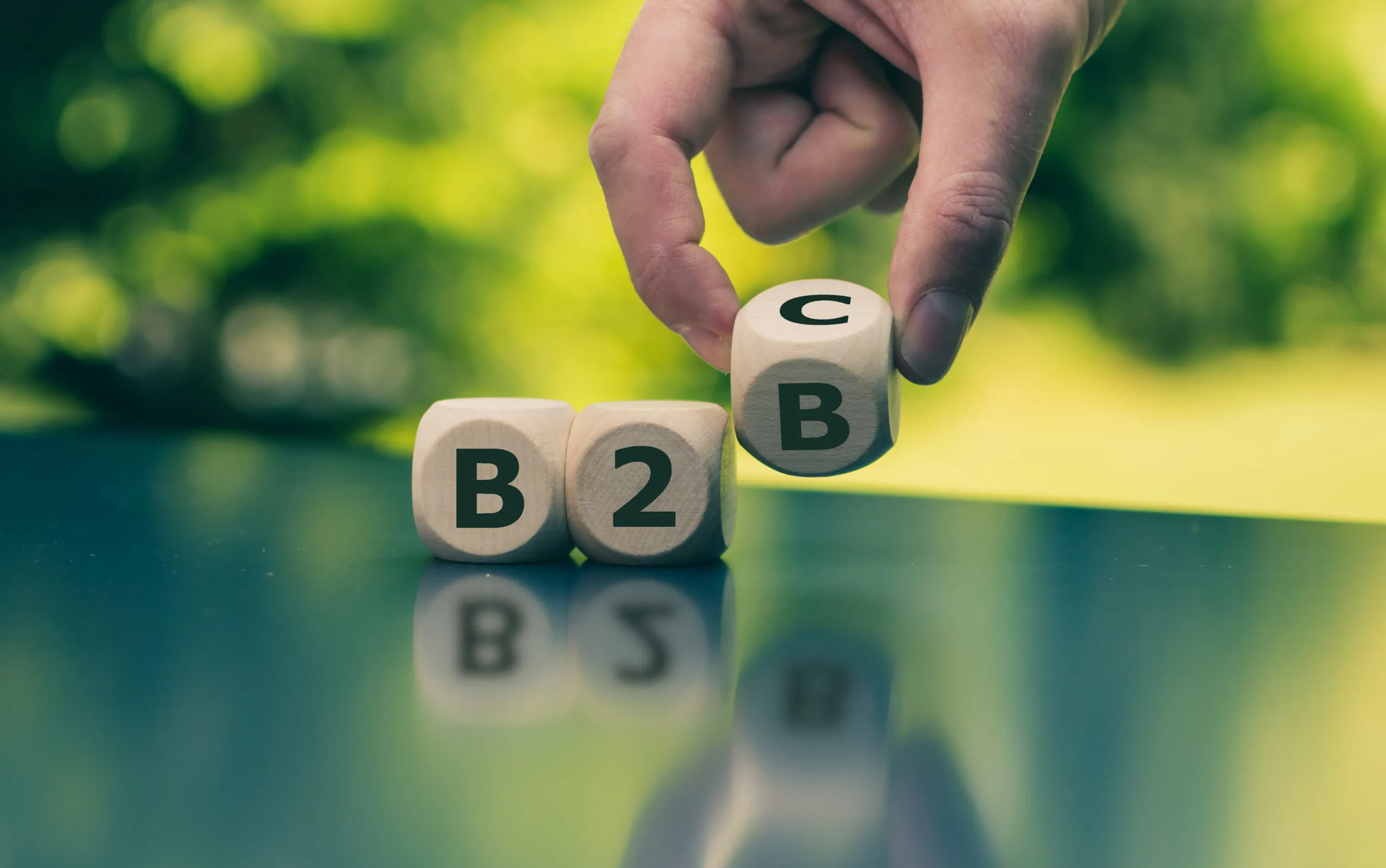Email Deliverability
How is B2B Email Deliverability Different? Tips and Tricks for B2B Senders
minute read

Are you a B2B sender? If so, we’ve got some hot tips and things for you to know!
B2B and B2C email marketing strategies have a few things in common, the biggest being that you’re talking to humans either way. However, there also are some significant differences due to each segment’s distinct target audiences and business objectives.
Let’s look at the commonalities first.
B2B and B2C shared deliverability factors
While there are some fundamental differences between B2B and B2C email marketing, these elements need to be in place for both:
- Infrastructure: Authentication protocols such as SPF, DKIM, and DMARC should be in place and properly aligned.
- Bounce handling and list hygiene: Senders should maintain bounce rates under two percent and ensure email lists remain clean and up to date.
- Spam complaints: Keep spam complaints to below 0.3 percent (though shooting for less than 0.1 percent is even better!) to avoid spam foldering.
- Engagement: Mailbox providers are paying attention to both positive and negative subscriber signals.
- Sender reputation: Each mailbox provider uses their own unique algorithms to determine a sender’s reputation, both at the domain and IP level.
- Email content: Ensure code is safe and clean, and avoid link shorteners and attachments.
Email marketing challenges specific to B2B senders
B2B senders face some additional challenges when it comes to reaching their subscribers that we should understand.
- Subscriber consent: While consent and active opt-in to your B2B program are ideal, they are not generally as strong a requirement as they are for B2C senders.
- Turnover: More so than B2C contact lists (to which subscribers generally opt in using a personal email address) B2B list quality is often jeopardized by new contacts, temporary contacts, shifting responsibilities among team members, as well as role turnover.
- Targeting: Audience targeting is typically less sophisticated in the B2B space, which could result in irrelevant products and services being promoted to the recipient.
- Buying cycles: B2B buying cycles are typically longer and less frequent, which can hinder recency segmentation.
- Sporadic send volumes: B2B senders usually have lower overall volume and inconsistent sending practices.
- Shared IPs: Having to rely on other senders and the quality of their programs can prove difficult, yet lower sending volumes don’t warrant a dedicated IP.
- Filtering companies: This added layer of scrutiny adds a layer of complexity to B2B sends, effectively giving senders two sets of hoops to jump through.
Understanding audience engagement
B2B email marketing specifically targets professionals who typically check their inboxes during working hours.
They are usually juggling multiple responsibilities and have limited time to engage with incoming marketing content.
B2C emails, on the other hand, reach consumers who are probably checking their personal inboxes several times during the day and well into the evening, including on weekends.
Understanding how your audience behaves can help determine sending times that are appropriate for them. Also, consider any nuances of the industry to which you’re marketing.
For example, if you are promoting teacher aides, avoid the summer months when teachers are on a much-deserved break and not focusing on what their classrooms will need in the coming months.
Tips for encouraging audience engagement for B2B senders in all industries include the following:
- Keep messages concise and to the point.
- Write top-notch subject lines that will stand out in the crowded work inbox. Ask yourself, “would I open this email if I saw it during a busy workday?”
- Send during business hours. (Pretty obvious, right?)
Content, frequency, and tone
B2B emails are generally more formal and professional in tone than their B2C counterparts, and focus on providing valuable industry insights or addressing specific business pain points.
However, remember that the person receiving the email is still human.
Tips for sending effective B2B content include:
- Offering data-driving insights and case studies.
- Promoting solutions to industry-specific challenges.
- Using a clean, professional design with minimal graphics.
- Adjusting your outreach to align with the B2B buying cycle. Don’t bombard people with a B2C approach when selling something with a longer buying cycle. Provide carefully crafted messages that help lead a slew of decision-makers through the funnel.
- Segmenting based on the recipient’s specific needs or their role in the decision-making process.
- Automating to deliver timely, relevant content throughout the sales cycle.
- Aiming for what feels like a 1:1 conversation with the recipient. There are real people behind these brands!
Measuring success
Lastly, keep a close eye on inbox placement rate using tools like Validity Everest, as well as click-through rates, engagement over time, and conversion rates for lead magnets or demo requests.
Remember to continually test and refine your approach based on your specific audience and business goals.
For expert tips to boost your deliverability with major mailbox providers like Gmail, Yahoo, and Microsoft, check out our video toolkit, “Mastering Mailbox Providers in 10 Minutes.”